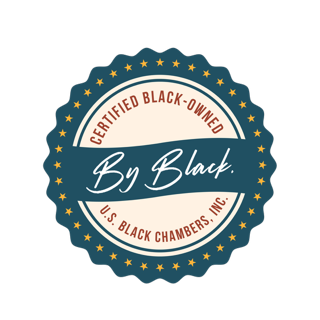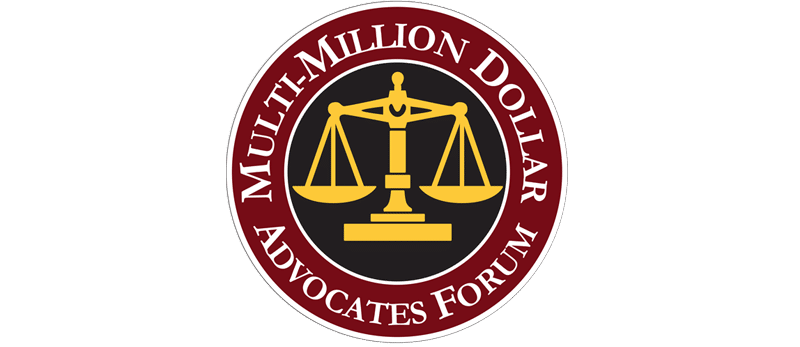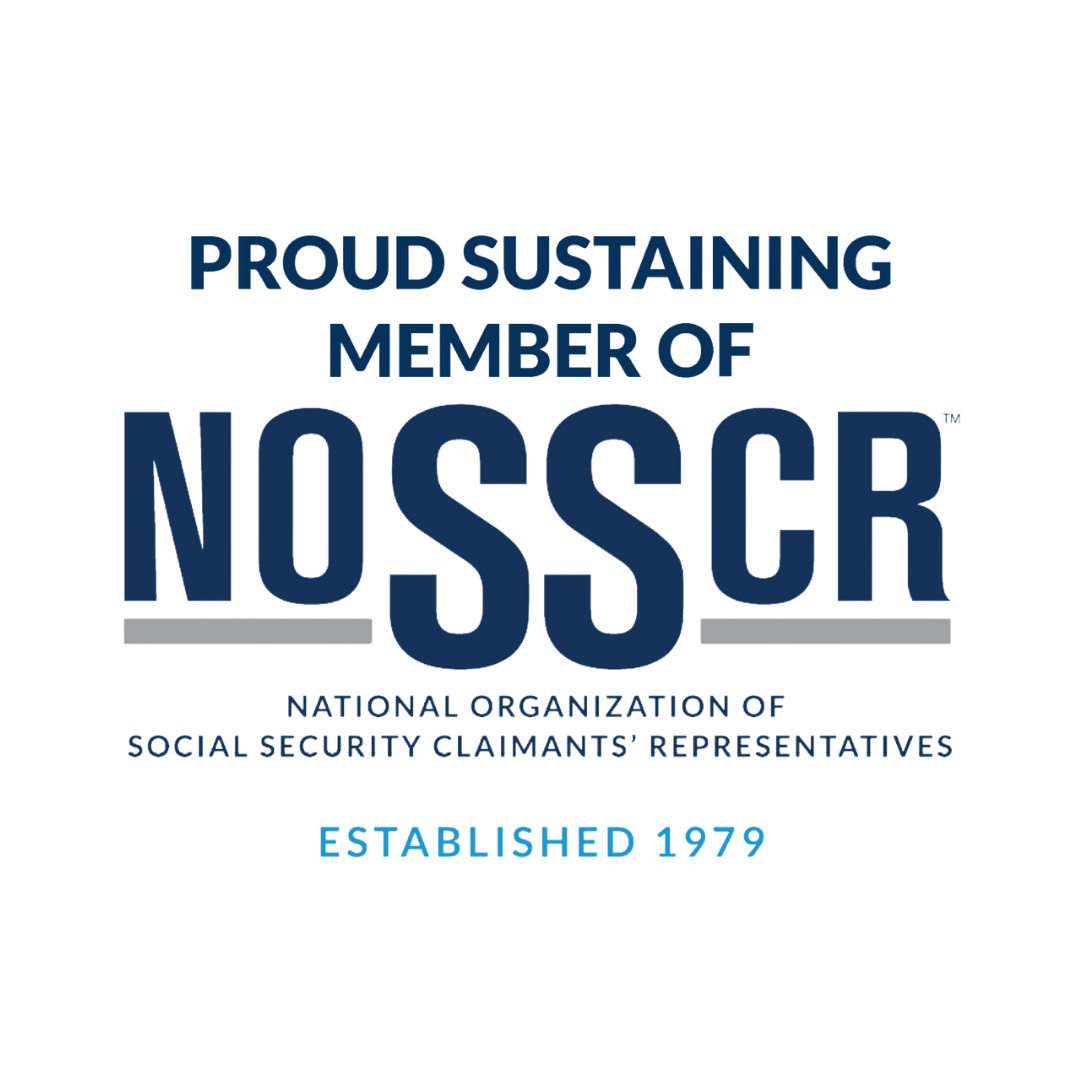When you experience a slip and fall accident in North Carolina, the consequences can be more than just embarrassing. Such incidents can lead to serious injuries that may require extensive medical treatment and result in significant financial burdens. In these cases, documenting evidence is crucial in ensuring that your claim is properly supported. Without adequate evidence, it becomes challenging to prove negligence, establish liability, and ultimately recover compensation for your injuries. This guide will walk you through the steps necessary to document evidence effectively in a North Carolina slip and fall accident case.




Understanding the Importance of Evidence in Slip and Fall Cases
In North Carolina, slip and fall cases fall under the category of premises liability law. This means that property owners have a legal obligation to ensure their premises are safe for visitors. When they fail to meet this obligation, and someone is injured as a result, the injured party may have the right to seek compensation. However, simply stating that an accident occurred is not enough. The burden of proof rests with the injured party, who must provide sufficient evidence to demonstrate that the property owner was negligent.
Documenting evidence is vital in these cases because it helps establish the circumstances surrounding the accident. This evidence can include photographs, witness statements, medical records, and any other relevant documentation. The more thorough and comprehensive the evidence, the stronger your case will be. Without proper documentation, your claim may be dismissed or result in a lower settlement than you deserve.
Photographic Evidence
One of the most effective ways to document evidence in a slip and fall accident is by taking photographs of the scene. Photographs can capture crucial details that may be overlooked or forgotten as time passes. Immediately after the accident, if you are physically able, take pictures of the area where the fall occurred. Focus on capturing the specific hazard that caused your fall, such as a wet floor, uneven surface, or cluttered walkway.
In addition to the hazard itself, photograph the surrounding area to provide context. This can include lighting conditions, warning signs (or lack thereof), and the general condition of the property. It is important to take multiple angles and close-up shots to ensure that all relevant details are documented. If possible, use a time-stamp feature on your camera or smartphone to record the exact time and date of the photographs. This can be particularly useful in proving that the hazard existed at the time of your fall.
If your injuries prevent you from taking photographs immediately, ask someone you trust to do so on your behalf. The sooner the photographs are taken, the more accurate they will be in representing the conditions that led to your accident. Remember that hazards may be quickly cleaned up or repaired after an accident, so timely documentation is crucial.
Witness Statements
Witness statements can be powerful evidence in a slip and fall case. If there were any witnesses present at the time of your accident, their accounts can help corroborate your version of events. Witnesses can provide details about the conditions leading to your fall, the behavior of the property owner or employees, and any immediate reactions after the accident.
After your fall, if possible, obtain contact information from any witnesses. Ask them to provide a written statement detailing what they saw. It is important to gather this information as soon as possible while the events are still fresh in their minds. In their statements, witnesses should include the date and time of the accident, a description of the hazard, and any other relevant observations.
Witness statements can be particularly valuable if there is any dispute about the circumstances of your accident. For example, if the property owner claims that the hazard was clearly marked or that you were not paying attention, a witness statement can help refute these arguments. Having multiple witnesses can further strengthen your claim by providing consistent accounts of the incident.
Medical Records
Your medical records are a critical component of your slip and fall case. These records provide a detailed account of the injuries you sustained and the treatment you received. They also establish a direct link between the accident and your injuries, which is essential for proving that the property owner’s negligence caused your harm.
After your slip and fall accident, seek medical attention as soon as possible, even if you believe your injuries are minor. Some injuries, such as concussions or soft tissue damage, may not be immediately apparent but can worsen over time. By visiting a doctor promptly, you ensure that your injuries are properly diagnosed and documented.
Keep all medical records related to your accident, including hospital bills, physician notes, diagnostic tests, and prescriptions. These records should detail the extent of your injuries, the treatment plan, and any ongoing medical needs. If you require physical therapy or rehabilitation, document these sessions as well. Your medical records will serve as evidence of the physical and financial impact of your injuries, which is crucial for determining the value of your claim.
In addition to your medical records, keep a personal journal documenting your pain, discomfort, and any limitations you experience as a result of your injuries. This journal can provide a more comprehensive picture of how the accident has affected your daily life, which can be valuable when negotiating a settlement.
Choosing a Personal Injury Attorney Personal Injury Case Case TimelineRelated Videos
Preserving Physical Evidence
In some cases, the clothing and footwear you were wearing at the time of the accident can serve as important evidence. For example, if your shoes had adequate traction but you still slipped on a wet floor, this could indicate that the hazard was particularly dangerous. Similarly, if your clothing was torn or soiled during the fall, this could help demonstrate the severity of the accident.
After your accident, do not wash or repair your clothing or shoes. Instead, store them in a safe place where they can be preserved in their original condition. If your case goes to court, this physical evidence can be presented to support your claim. Your attorney can also use this evidence to counter any arguments that your footwear or clothing contributed to the accident.
In addition to preserving your clothing and footwear, consider keeping any objects that were involved in the accident, such as a broken piece of flooring or a defective handrail. These items can be used as physical evidence to demonstrate the hazardous condition that caused your fall.
Incident Reports
In many cases, slip and fall accidents occur on commercial properties, such as stores, restaurants, or apartment complexes. If your accident occurred on a commercial property, it is important to notify the property owner or manager as soon as possible. Most businesses have procedures in place for handling accident reports, and filing one can help establish a record of the incident.
When filing an incident report, provide a detailed account of the accident, including the location, time, and circumstances of your fall. Be sure to mention any hazards you observed, such as a spill or uneven flooring. Request a copy of the incident report for your records, as this document can be valuable evidence in your case.
If the property owner or manager refuses to file an incident report or denies that the accident occurred, make note of this. It is still important to document the incident in writing and provide a copy to your attorney. Even without an official incident report, your written account can serve as evidence of the property owner’s knowledge of the hazard.
Legal Assistance
Navigating a slip and fall accident case can be complex, especially when it comes to gathering and presenting evidence. Property owners and their insurance companies often have legal teams working to minimize their liability, which can make it difficult for individuals to secure fair compensation on their own. This is why having an experienced attorney on your side is crucial.
An attorney can help you gather and preserve evidence, negotiate with insurance companies, and represent your interests in court if necessary. They can also advise you on the legal standards that apply to your case and ensure that your rights are protected throughout the process.
In North Carolina, slip and fall cases are subject to the state’s contributory negligence rule. This means that if you are found to be even partially at fault for your accident, you may be barred from recovering any compensation. An attorney can help you navigate this challenging legal standard and build a strong case to support your claim.
At Phillips & McCrea, PLLC, we understand the challenges that slip and fall accident victims face. Our experienced team is dedicated to helping you build a strong case and pursue the compensation you need to recover from your injuries. Contact us today to schedule a consultation and learn how we can assist you in your North Carolina slip and fall case.




